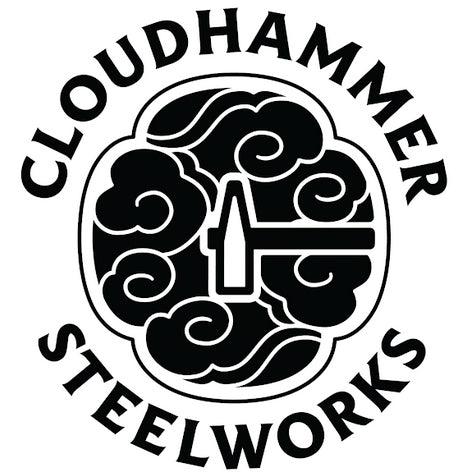One of the traditional Katana's most beautiful and appreciated characteristics is its hamon. The line between the cutting edge and the body of the blade, it is formed by differential hardening.

This was a necessity in pre-modern Japan, because the quality of iron, and thus the quality of steel, was poor.
With modern industrial steel, differential hardening provides improved retention, but also reduces a blade's resistance to bending and its impact resistance.
sx105v Tool Steel
For example, in sx105v tool steel, which makes highly functional differentially hardened katana blades.
| HRC | Warp Resistance |
Impact Resistance | |
| through-hardened | 58 | 60-70° | 80-90j |
| differentially-hardened | 60-61/ 45 |
20-25° | 15j |
T10 High-Speed Tool Steel
In comparison, the popular Longquan T10 clay-tempered blade is:
| HRC | Warp Resistance |
Impact Resistance | |
| through-hardened | 58-59/ 28-430 |
15-20° | >15j |
Without clay-tempering, T10 high-speed tool steel is not suitable for sword blades, as they break easily.

W-2 Tool Steel
Another steel which snaps easily without differential hardening is W-2 cable steel. The process not only makes a tougher, harder blade; but also gorgeous hamon activity. It's hardness, and warp and impact resistance are harder than sx105v.
| HRC | Warp Resistance |
Impact Resistance | |
| through-hardened | 59-59/ 38-40 |
30° | 25j |

Other Considerations:
The type of hamon also has an impact on the practicality of blade. Generally speaking, straighter hamon make for more durable blades than more intricate hamon.
Suguha Hamon:
